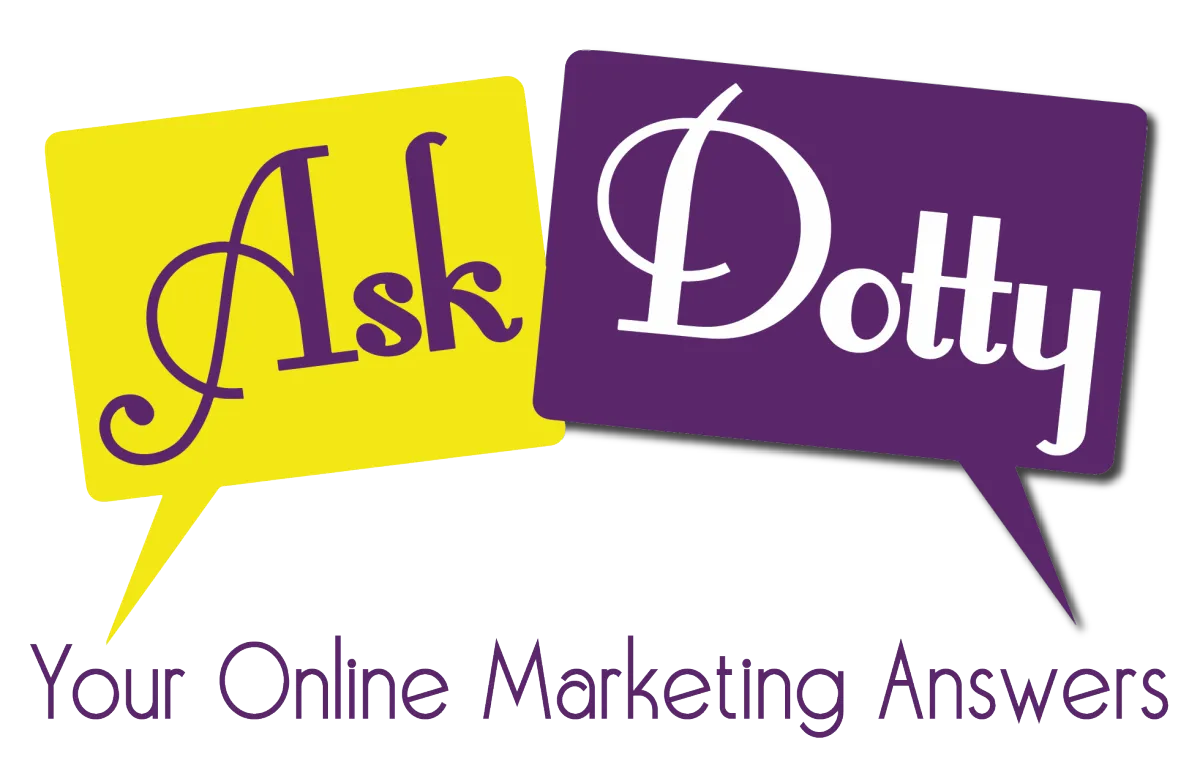
Advanced Social Media Strategies for Brand Building
Advanced Social Media Strategies for Brand Building
Does social media make you feel like you are all alone with the folds of reality? Does building your business online seem like a tangle of endless work? You are not alone!
Social media has become an indispensable brand-building tool in today’s digital landscape. As platforms evolve and user behaviors shift, businesses must adapt their strategies to stay relevant and impactful. This article delves into advanced social media strategies that can elevate your brand’s presence, engagement, and overall success in the online sphere.
These strategies go beyond basic posting and sharing, focusing on creating a cohesive brand identity, fostering genuine connections with your audience, and leveraging data-driven insights to continually refine your approach. By implementing these advanced techniques, you can transform your social media presence from a mere marketing channel into a powerful brand-building engine.
Whether you’re a small business looking to expand your reach or an established brand aiming to strengthen your online presence, these strategies will provide you with the tools and knowledge to make a lasting impact in the competitive world of social media.
Crafting a Robust Social Media Marketing Strategy
A well-defined social media marketing strategy is the foundation of successful digital brand-building. This strategy serves as a roadmap, guiding your efforts and ensuring that every post, interaction, and campaign aligns with your overall business objectives.
To create an effective strategy, start by clearly defining your goals. Are you looking to increase brand awareness, drive website traffic, generate leads, or improve customer engagement? Once you’ve established your objectives, identify your target audience and research their online behaviors, preferences, and pain points. This information will help you tailor your content and approach to resonate with your intended audience.
Next, select the social media platforms that best align with your brand and audience. Not every platform will suit every business, so focus your efforts where your target audience is most active. Develop a content plan that outlines the types of posts you’ll create, the frequency of posting, and how you’ll maintain a consistent brand voice across all platforms. Finally, establish key performance indicators (KPIs) to measure the success of your strategy and allow for periodic review and adjustment.
Optimize Your Bio for Brand Message Clarity
Your social media bio is often the first point of contact between your brand and potential followers or customers. Making this limited space count is crucial by crafting a bio that succinctly communicates your brand’s value proposition, personality, and unique selling points.
Start by distilling your brand’s core message into a clear, concise statement. What does your brand offer that sets it apart from competitors? Use language that resonates with your target audience and reflects your brand’s tone of voice. Include relevant keywords to improve discoverability, but ensure the text flows naturally and doesn’t feel forced.
Utilize visual elements to enhance your bio’s impact. Tools like Canva can help you create eye-catching profile and cover images that complement your written bio. Consider including a call-to-action (CTA) that directs users to your website, a specific landing page, or your latest promotion. Remember to keep your bio up-to-date, reflecting brand offerings or focus changes. Regularly review and refine your bio to ensure it continues representing your brand as it evolves.
Establishing Your Brand Voice Across Platforms
A consistent brand voice is essential for building recognition and trust across various social media platforms. Your brand voice is the personality and emotion infused into your company’s communications, and it should remain constant whether you’re tweeting a quick update or sharing a long-form post on LinkedIn.
To establish your brand voice, define your brand’s personality traits. Is your brand serious and professional, casual and friendly, innovative and cutting-edge, or traditional and reliable? Once you’ve identified these traits, create guidelines for expressing them in your content. This includes tone, vocabulary, and even the types of content you share.
Consistency doesn’t mean being identical across all platforms. While your core brand voice should remain the same, it’s important to adapt your communication style to suit the norms and expectations of each platform. For example, your tone on LinkedIn might be more professional, while your Instagram posts could be more casual and visually driven. Train your social media team on these guidelines and regularly review content to ensure adherence. Remember, a consistent brand voice helps build familiarity and trust with your audience, which can lead to increased engagement and customer loyalty.
Enhancing Brand Awareness on Diverse Social Media Platforms
Expanding your brand’s reach across various social networks requires a nuanced approach that considers each platform’s unique characteristics and user behaviors. While it’s important to maintain a consistent brand identity, your content and engagement strategies should be tailored to each platform’s strengths and audience expectations.
Start by conducting thorough research on the demographics and user behaviors of each platform you’re targeting. This will help you understand where your target audience spends their time and how they interact with content. For example, Instagram and TikTok are highly visual platforms that appeal to younger audiences, while LinkedIn caters to professional networking and industry-specific content.
Develop platform-specific content strategies that play to each network’s strengths. This might involve creating short, engaging videos for TikTok, sharing industry insights and thought leadership pieces on LinkedIn, or hosting live Q&A sessions on Instagram. Remember to cross-promote your presence on different platforms to help your audience find and follow you across multiple channels. Regularly analyze your performance on each platform and be prepared to adjust your strategy based on what resonates best with your audience.
Utilizing Influencers to Expand Reach and Credibility
Influencer marketing has become a powerful tool for brands looking to expand their reach and enhance their credibility. By partnering with individuals who have built a loyal following in your industry or niche, you can tap into new audiences and benefit from the trust and authority these influencers have established.
When selecting influencers to work with, look beyond follower counts. Focus on finding influencers whose values and audience demographics align closely with your brand. Micro-influencers, who typically have smaller but highly engaged followings, can often provide better ROI than celebrities with millions of followers. Evaluate potential partners based on their engagement rates, content quality, and audience relevance to your brand.
Develop authentic, collaborative campaigns that provide value to the influencer’s audience and your brand. This could involve product reviews, behind-the-scenes content, takeovers of your social media accounts, or co-created content. Be clear about your campaign goals and provide influencers with guidelines, but also allow them creative freedom to ensure the content resonates with their audience. Monitor the performance of your influencer campaigns closely, tracking metrics such as engagement rates, reach, and conversions to assess their effectiveness and inform future collaborations.
Sample Social Media Plan for Premium Websites Inc.
Goal
Leveraging advanced social media strategies to enhance brand awareness, engagement, and lead generation for Premium Websites Inc. across various social media platforms.
Key Objectives
Increase brand visibility and recognition.
Drive traffic to the website.
Generate high-quality leads.
Foster engagement and build a community.
Establish authority in the niche.
Target Audience
Primary: Solopreneurs and small business owners who have been in business for at least three years and value outsourcing tasks they are not proficient in.
Social Media Platforms and Strategies
1. Facebook
Content Types:
Educational posts about web design, SEO, and digital marketing.
Client testimonials and success stories.
Behind-the-scenes content to humanize the brand.
Engaging visuals and infographics.
Facebook Live sessions for Q&A.
Posting Frequency: 3-5 times per week.
Engagement Strategy:
Respond to comments and messages within 24 hours.
Use Facebook Groups to participate in relevant discussions.
2. Instagram
Content Types:
High-quality images of website designs and case studies.
Short videos and Reels showcasing tips and tricks.
Stories for daily updates and quick polls.
User-generated content featuring client shoutouts.
Posting Frequency: 4-7 times per week.
Engagement Strategy:
Use relevant hashtags (#WebDesign, #SEO, #SmallBusiness).
Collaborate with micro-influencers in the business and tech space.
Host monthly Instagram Live sessions with industry experts.
3. LinkedIn
Content Types:
In-depth articles on web design trends and SEO best practices.
Professional achievements and company milestones.
Industry insights and thought leadership posts.
SlideShare presentations and webinars.
Posting Frequency: 3 times per week.
Engagement Strategy:
Participate in LinkedIn Groups and professional discussions.
Encourage employees to share company posts to expand reach.
Connect with industry professionals and potential clients.
4. X
Content Types:
Quick tips and industry news.
Client success stories and testimonials.
Links to blog posts and resources.
Real-time updates and event coverage.
Posting Frequency: 5-10 times per week.
Engagement Strategy:
Use Twitter polls to gather audience opinions.
Retweet relevant content from industry leaders.
Engage with followers through replies and direct messages.
5. YouTube
Content Types:
Educational tutorials on web design and SEO.
Client testimonials and case studies.
Webinars and long-form interviews with industry experts.
Behind-the-scenes videos showcasing company culture.
Posting Frequency: 1-2 times per week.
Engagement Strategy:
Optimize video titles, descriptions, and tags for SEO.
Create playlists to organize content by topic.
Engage with viewers through comments and community posts.
Promote videos on other social media platforms.
6. TikTok
Content Types:
Short, engaging videos with quick tips on web design and SEO.
Fun, behind-the-scenes looks at the company.
Client success stories in a concise, compelling format.
Trend-based content that aligns with current TikTok challenges.
Posting Frequency: 4-7 times per week.
Engagement Strategy:
Use trending hashtags to increase visibility.
Collaborate with TikTok influencers in the tech and business niches.
Engage with followers through comments and direct messages.
Cross-promote TikTok content on Instagram Reels and YouTube Shorts.
Sample Spread Sheet for Social Media Plan
I use Notion to manage and track my social media posts. Here is a sample table that shows a potential plan. This is for making 1 post per week in all the mentioned platforms.
Columns can be added for who will do the post, planning the post (visual assets), and a column for completing the post. This is a great method if you are working with a virtual assistant. It is also great to keep you on track if you create all your posts.
Key Performance Indicators (KPIs)
Brand Awareness:
Increase in followers across all platforms.
Number of mentions and shares.
Engagement:
Likes, comments, and shares on posts.
Direct messages and responses.
Traffic:
Website traffic from social media.
Click-through rates on social media posts.
Lead Generation:
Number of leads generated from social media campaigns.
Conversion rate of social media leads.
Authority:
Engagement with thought leadership content.
Backlinks from shared content.
Tools and Resources
Content Creation: Canva, Adobe Spark, Claude, ChatGPT
Scheduling: CoScheule or native platform schedulers
Analytics: Social Media Insights (native platform analytics)
Did you know…
Using emojis in social media posts can increase engagement by up to 48%. For Premium Websites Inc., incorporating relevant and branded emojis into posts could make the content more relatable and engaging to the audience.


